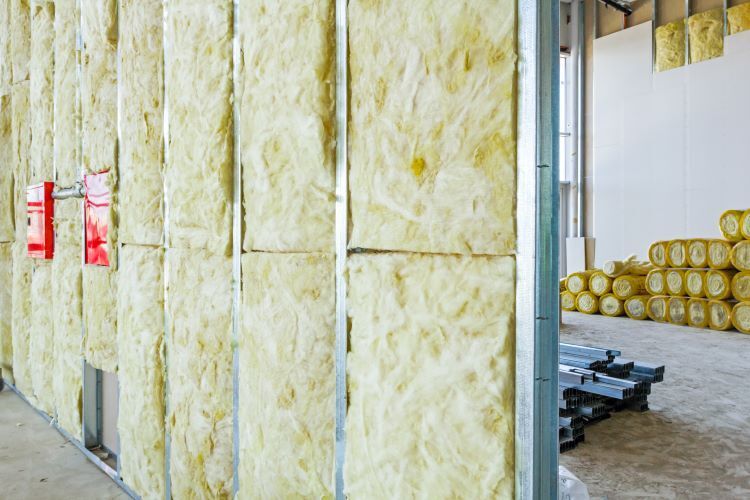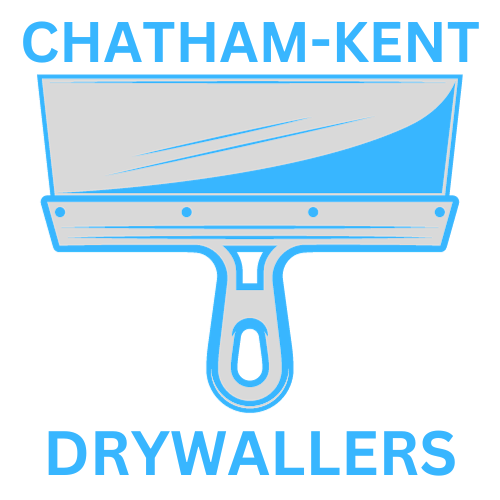Tips for Choosing the Right Drywall Insulation

As the backbone of any home's interior, drywall plays a crucial role in providing structural support, soundproofing, and insulation. At Chatham-Kent Drywallers, we understand the importance of choosing the right insulation to enhance the performance and comfort of your living spaces. In this article, we'll explore the most common types of drywall insulation and offer expert tips for selecting the best option for your home in Chatham, Ontario.
Types of Drywall Insulation:
- Fiberglass Insulation:
- Fiberglass insulation is one of the most widely used types of insulation for drywall. It consists of tiny glass fibers compressed into batts or rolls.
- Pros: Fiberglass insulation is cost-effective, easy to install, and offers good thermal performance. It is available in various thicknesses and R-values to suit different insulation needs.
- Cons: Fiberglass insulation may lose effectiveness if compressed or exposed to moisture. It also requires proper handling to avoid irritation to the skin, eyes, and respiratory system.
- Cellulose Insulation:
- Cellulose insulation is made from recycled paper fibers treated with fire-retardant chemicals. It is typically blown into wall cavities or attic spaces.
- Pros: Cellulose insulation is eco-friendly, highly effective at reducing heat transfer, and resistant to pests and mold. It provides excellent soundproofing properties and is relatively affordable.
- Cons: Cellulose insulation may settle over time, requiring periodic reapplication to maintain its effectiveness. It may also be more susceptible to moisture damage than other types of insulation.
- Spray Foam Insulation:
- Spray foam insulation is a versatile option that expands upon application to fill gaps and cracks, creating a seamless thermal barrier.
- Pros: Spray foam insulation provides superior thermal performance, air sealing, and moisture resistance. It can be applied to irregular surfaces and hard-to-reach areas, making it ideal for retrofitting existing homes.
- Cons: Spray foam insulation is more expensive than other types of insulation and requires professional installation. Improper application can result in off-gassing and indoor air quality issues.
Tips for Choosing the Right Drywall Insulation:
- Assess Your Insulation Needs:
- Consider factors such as climate, building design, and budget when choosing drywall insulation. Determine the desired R-value (thermal resistance) for your walls and ceilings based on local building codes and energy efficiency goals.
- Consider Installation Method:
- Evaluate the accessibility of the installation area and determine whether batts, blown-in, or spray foam insulation is the most suitable option. Factor in any existing insulation and the condition of the building envelope.
- Prioritize Energy Efficiency:
- Choose insulation with a high R-value to maximize energy efficiency and reduce heating and cooling costs. Consider additional measures such as air sealing and proper ventilation to enhance insulation performance.
- Think Long-Term:
- Select insulation materials that are durable, moisture-resistant, and resistant to pests and mold. Consider the lifespan and maintenance requirements of the insulation to ensure long-term performance and comfort.
- Seek Professional Advice:
- Consult with experienced drywall contractors like Chatham-Kent Drywallers to assess your insulation needs and determine the most cost-effective and efficient solution for your home. Professional installation ensures proper insulation coverage and adherence to building codes and regulations.
Conclusion:
Choosing the right drywall insulation is essential for enhancing comfort, energy efficiency, and indoor air quality in your home. By understanding the different types of insulation available and following these expert tips, you can make an informed decision that meets your insulation needs and budget. For professional drywall insulation installation services in Chatham, Ontario, trust the expertise of Chatham-Kent Drywallers. Contact us today to schedule a consultation and start improving the comfort and efficiency of your home.
You might also like



